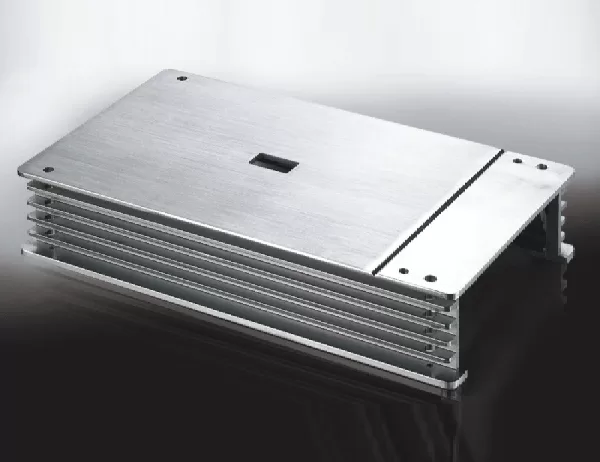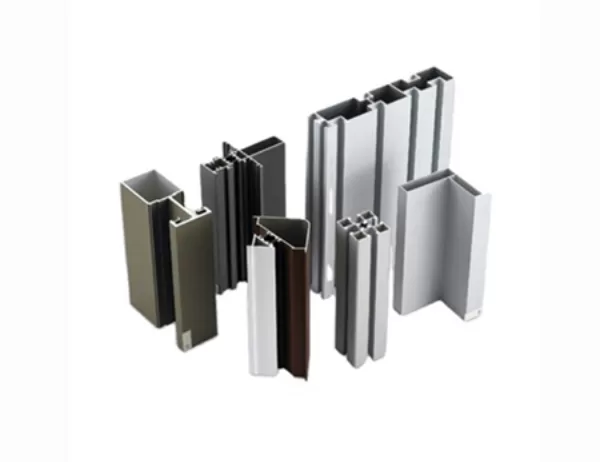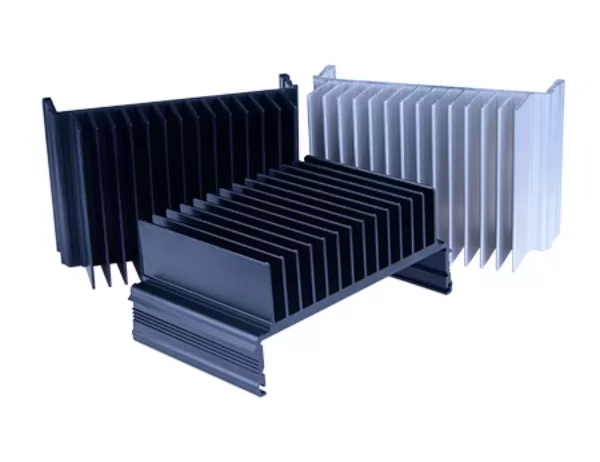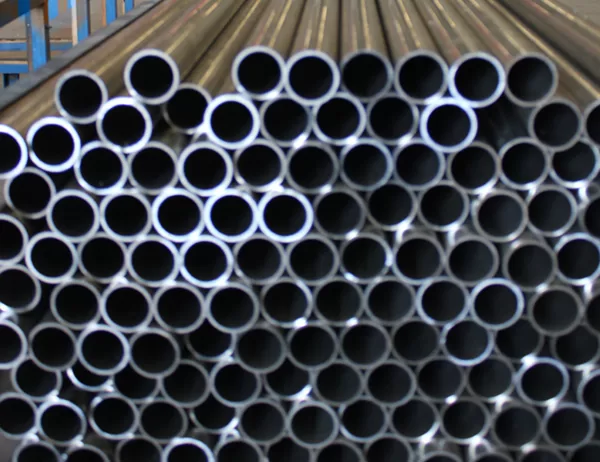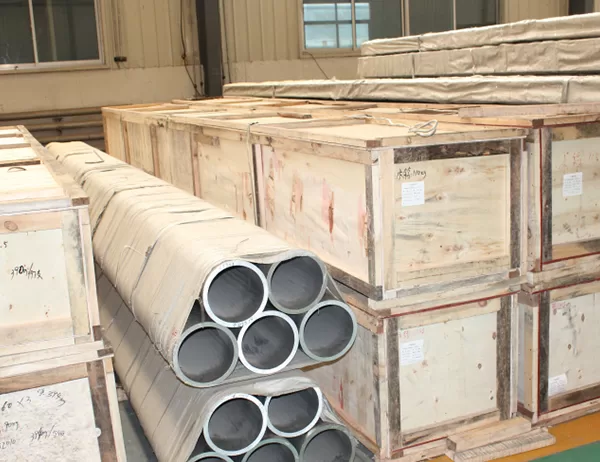The comprehension of the thermal properties of extruded aluminum pipes is of paramount importance in various engineering applications. These pipes are extensively employed in a diverse range of industries, including aerospace, automotive, construction, and refrigeration, where their thermal performance directly impacts the efficiency and reliability of systems. This article aims to elucidate the critical thermal properties of extruded aluminum pipes, emphasizing their significance in practical applications.
Thermal conductivity, measured in watts per meter-kelvin (W/m-K), quantifies the ability of a material to transfer heat through its substance. Extruded aluminum pipes exhibit exceptional thermal conductivity, ranging from 150 to 230 W/m-K, which is significantly higher than most other metals. This superior thermal conductivity facilitates the efficient dissipation of heat away from critical components, preventing overheating and ensuring the stability of systems.
Specific heat capacity, measured in joules per kilogram-kelvin (J/kg-K), represents the amount of heat required to raise the temperature of a material by one degree Kelvin. Extruded aluminum pipes possess a moderate specific heat capacity of around 900 J/kg-K. This characteristic enables them to absorb a significant amount of heat without experiencing substantial temperature increases, making them suitable for applications where temperature control is critical.
Thermal expansion, measured in microstrain per kelvin (µε/K), describes the tendency of a material to change its dimensions when subjected to temperature variations. Extruded aluminum pipes exhibit a relatively low thermal expansion coefficient of around 23 µε/K. This low expansion rate minimizes dimensional changes due to temperature fluctuations, ensuring the structural integrity and reliability of systems.
Emissivity, measured as a dimensionless quantity, represents the ability of a material to emit thermal radiation. Extruded aluminum pipes have a low emissivity, typically below 0.2. This property limits their ability to radiate heat into the surrounding environment, making them ideal for applications where heat retention is essential.
The exceptional thermal properties of extruded aluminum pipes make them indispensable in a wide range of applications:
Aerospace: In aircraft and spacecraft, aluminum pipes are used as fuel lines and heat exchangers due to their high thermal conductivity and resistance to temperature fluctuations.
Automotive: Engine cooling systems and fuel injection lines in automobiles benefit from the high thermal conductivity and low thermal expansion of aluminum pipes.
Construction: Aluminum pipes are employed in heating and cooling systems in buildings, leveraging their ability to efficiently transfer and retain heat.
Refrigeration: In refrigeration systems, aluminum pipes serve as evaporators and condensers, taking advantage of their low emissivity to minimize heat loss.
The thermal properties of extruded aluminum pipes play a pivotal role in their suitability for various engineering applications. Their high thermal conductivity, moderate specific heat capacity, low thermal expansion, and low emissivity ensure efficient heat transfer, temperature control, dimensional stability, and heat retention. Understanding these properties is essential for engineers and designers to optimize the performance and reliability of systems that rely on extruded aluminum pipes.
